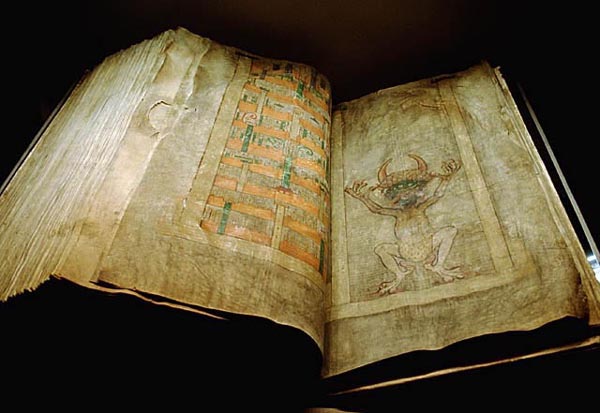Weighing Witches April 16, 2013
Author: Beach Combing | in : Medieval, Modern , trackback***dedicated to Theo***
How do I know if, c. 1750, old Mother Shipley down the road is a witch. Obviously the dying chickens, my children’s illnesses, the unpleasant cackling, the noises in the night are all clues… But we are in the eighteenth-century so how do we introduce science into this? In other ages witches would be ducked to see if they floated or not. They could be covered with pins pricks to see if any part of their body was insensitive. But this all so medieval… (well, actually early modern). Bring on witch weighing… This turned up in the Gentleman’s Magazine in 1759:
One Susanah Hannokes, an elderly woman of Wingrove, near Aylesbury, was accused by her neighbour of bewitching her spinning wheel, so that she could not make it go round, and offered to make oath of it before a magistrate; on which the husband, to justify his wife, insisted upon her being tried by the church Bible, and that the accuser should be present. Accordingly she was conducted to the parish church, where she was stripped of all her cloathes to her shift and undercoat, and weighed against the Bible; when, to the no small mortification of her accuser, she outweighed it, and was honourably acquitted of the charge.
There are some claims out there that the test found anyone who was heavier than a Bible guilty. But Beach has found no evidence of this at all. And what, in any case, were the odds that you would weigh less than the Bible? The 1800 Macklin Bible, in seven volumes, is often said to be the heaviest mass produced Bible that was an incredible 130 lbs (59 kgs): mad mass-attending Mrs B would be a witch if she was weighed against this. However, back in 1759 they didn’t have the Macklin Bible. They might have a large parish Bible, of course, but would that really be much more twenty kilos: drbeachcombing AT yahoo DOT com? Medieval manuscripts could, of course, be heavier. The heaviest manuscript in existence is the famous thirteenth-century Codex Gigas from Bohemia (pictured above) that weighs 165 lbs (79 kgs), which would make many middle aged women (and Beach too) into one of the devil’s spawn. Still the Gigas is an outlier…
On mature reflection and lacking data Beach suspects that the only women who would ever have weighed in as witches using the parish Bible would be over 80 and very, very hungry. Note though that there do seem to have been different versions of this test. In the Lowlands and Germany witches were apparently (Wikipedia warning) weighed against weights alone. It would be interesting to establish how light witches were supposed to be.
***
30 April 2013: LK writes: In the Low Countries there is actually a weigh-house that was endorsed by emperor Charles V, for weighing witches: Every city and town (especially in the export oriented Low Countries) had its own Weigh-house, to ensure that nobody skimped on weight with agricultural and (proto)industrial products. And of course the (official) weights were not always correct, so the weigh-master could pocket the difference. Apparently they also weighted witches, and were not averse to using doctored weights to get a conviction, for a small fee, of course. It is said that emperor Charles V was present at such a witch trail, and he did not believe the verdict. So he let the witch be reweighed at Oudewater, and they found that she was around 100 pounds, which was consistent with her body build. As a sign of his confidence in the weights (and weigh-master) at the Weigh-house in Oudewater, Charles V appointed it as the official Witches Weigh-house, to ensure a fair trail for anybody that was accused of being a witch (and thus (nearly) weightless, otherwise you could not fly). If you had a “normal” weight, then you got an official certificate, which seems to have been a live saver for a lot of people. At Oudewater they never found a witch. It is now a charming museum, and you can still get yourself weighed and get a certificate. Thanks Louis!!!



